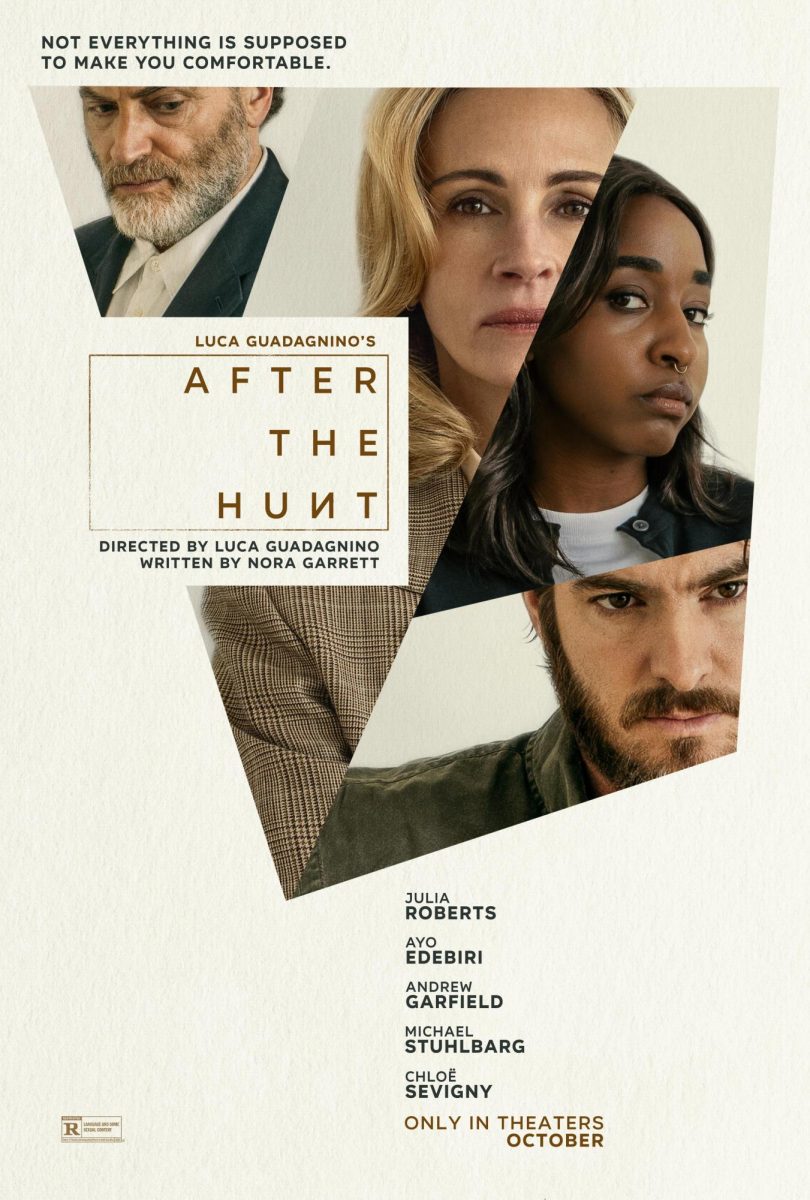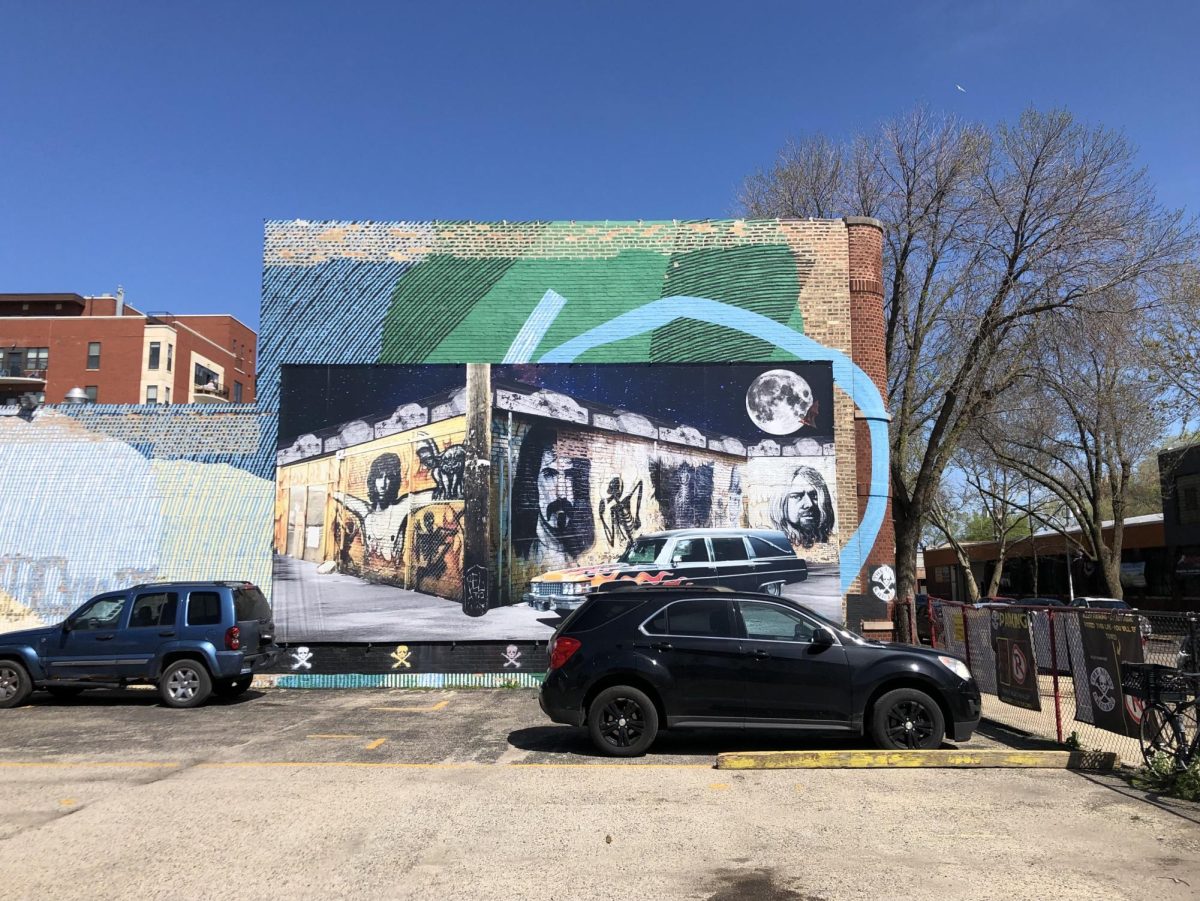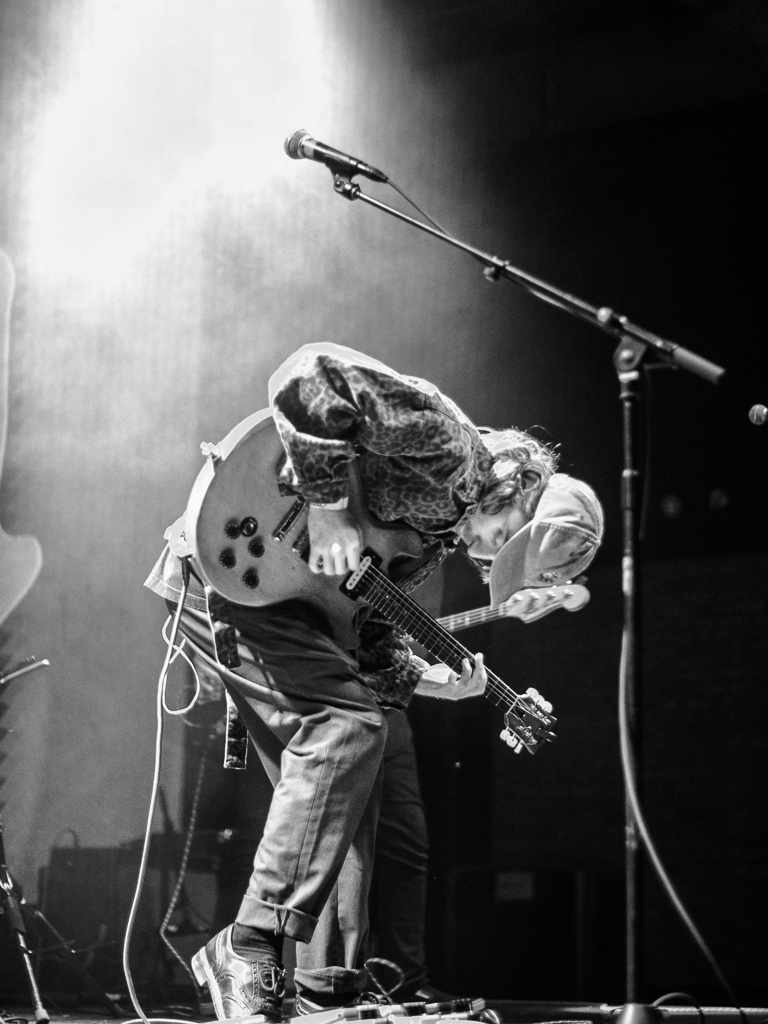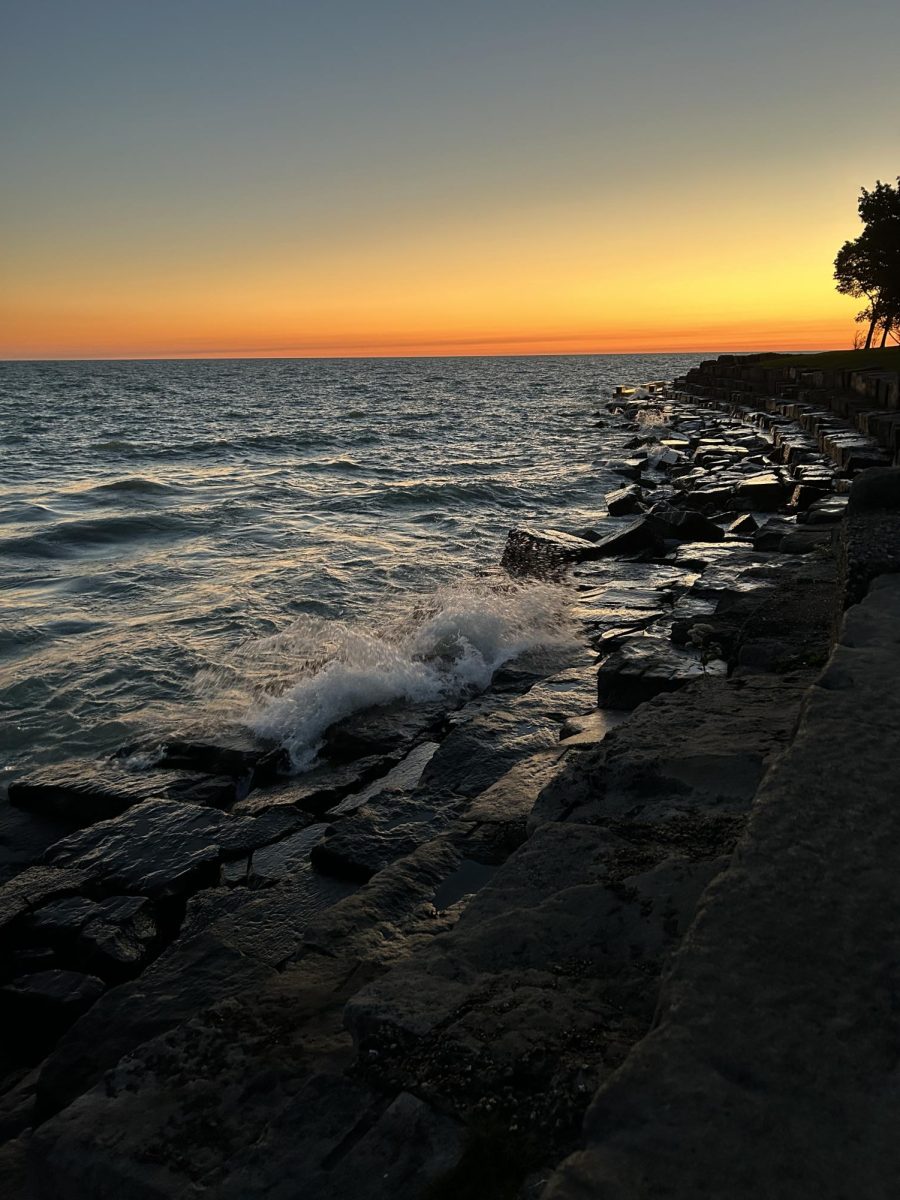In 2020, philosopher Amia Srinivasan published an article in the Yale Law Journal titled “Sex as a Pedagogical Failure.” In it, Srinivasan critiques sexual relationships between professors and students, characterizing these relationships as a systemic failure that is inextricably tied to power imbalances such as elitism and patriarchy that are present in the academy. While Luca Guadagnino takes Yale as a stage, the characters of his latest picture, After the Hunt, clearly have not done their prerequisite reading.
Elitism is atmospheric on this Gothic campus, where hierarchy isn’t only in the curriculum vitae but also in the air itself. It’s exhaled in cigarette smoke outside seminar rooms and fermented in the tannins of faculty wine nights. The film is a thriller exploring how privilege corrodes intimacy, a portrayal of sacred boundaries crossed, and an excavation of skeletons in closets.
The story Guadagnino tells of professors, students, and the unspeakable things that bind them is ambiguous. Power dynamics are never stable. A professor may leverage her position, but a student’s disillusionment can tip the balance of control. Mentorship teeters into betrayal as pedagogy blurs with performance. The university becomes a theater where authority is rehearsed, cracked, and sometimes destroyed.
In a collegiate roundtable interview with the Maroon, screenwriter Nora Garrett explained why Yale was the only setting that could contain this dichotomy. “The Gothic architecture was… something that I felt was very evocative because it’s both kind of oppressive and lofty,” she said. “Yale is such a storied institution that offers and promises a lot of privilege… and then New Haven, the city that surrounds it, does not get to participate in that same level of privilege.”
Cinematographer Malik Hassan Sayeed films that dichotomy with hushed precision. Shot on film, his compositions hint at what lurks under the glossy surface of an elite university: tension underscoring an emergency faculty meeting and intellectual signals crisscrossing a seminar room. The camera lingers on action, yes, but also on posture—the subtle ways in which people hold or withhold power.
The score, however, by Trent Reznor and Atticus Ross, struggles to match this subtlety. Its heavy-handed churn sometimes smothers what Sayeed’s images leave perfectly suspended. Garrett’s script, too, wavers between sharp and overdrawn, less powerful when its dialogue belabors the tensions that the cast already embody.
Julia Roberts, who plays Alma, a professor fighting for tenure, spoke candidly about that embodiment at the interview. “The details and the performative nature of Alma as a person and as a professor [were challenging].… To deal with posturing at all times, it’s so exhausting.” The exhaustion is visible onscreen. Alma becomes the film’s most precise study in contradiction. As the protagonist, she is both brilliant and brittle, authoritative and terrified.
It is in these contradictions that After the Hunt finds its force. During the interview, costar Andrew Garfield reflected on the contradictions hidden in pedagogical mentorship. “Don’t you think that, [in] a true intimate mentorship, there has to be some betrayal from the elder to the younger in order for the younger to become an elder, in some way? There has to be something broken.” His remark crystallizes the film’s refusal to moralize. When everyone is subject to betrayal, it becomes not an accident but a condition of intimacy.
Some viewers will find the film unfulfilling. There is no neat arc and no catharsis, but this ambiguity is not a failure. Guadagnino trusts that the fractures, micro-expressions, and shadows can speak for themselves. In its refusal to resolve, After the Hunt feels less like a typical thriller and more like life: incomplete, irreducible, and frighteningly alive.









